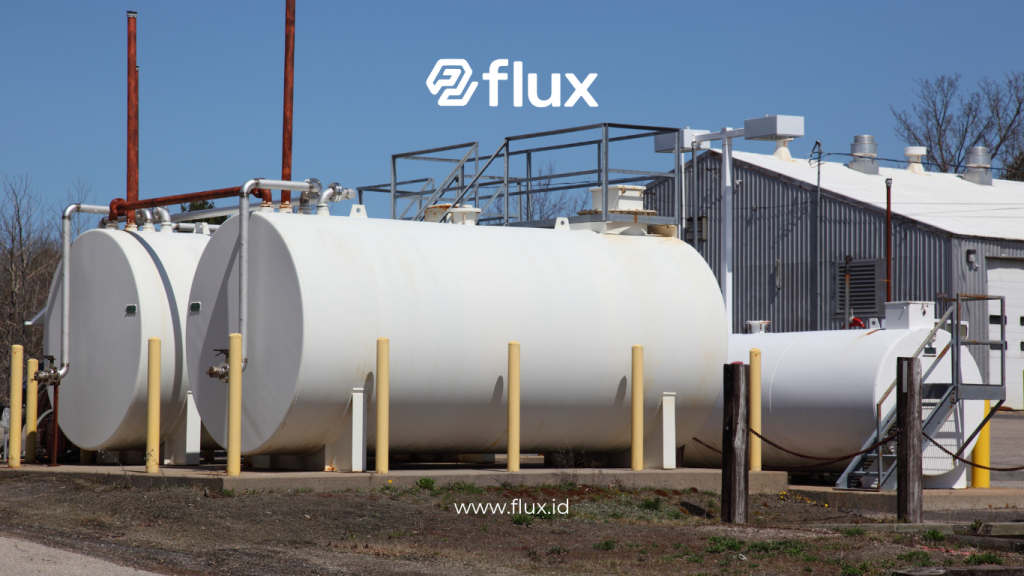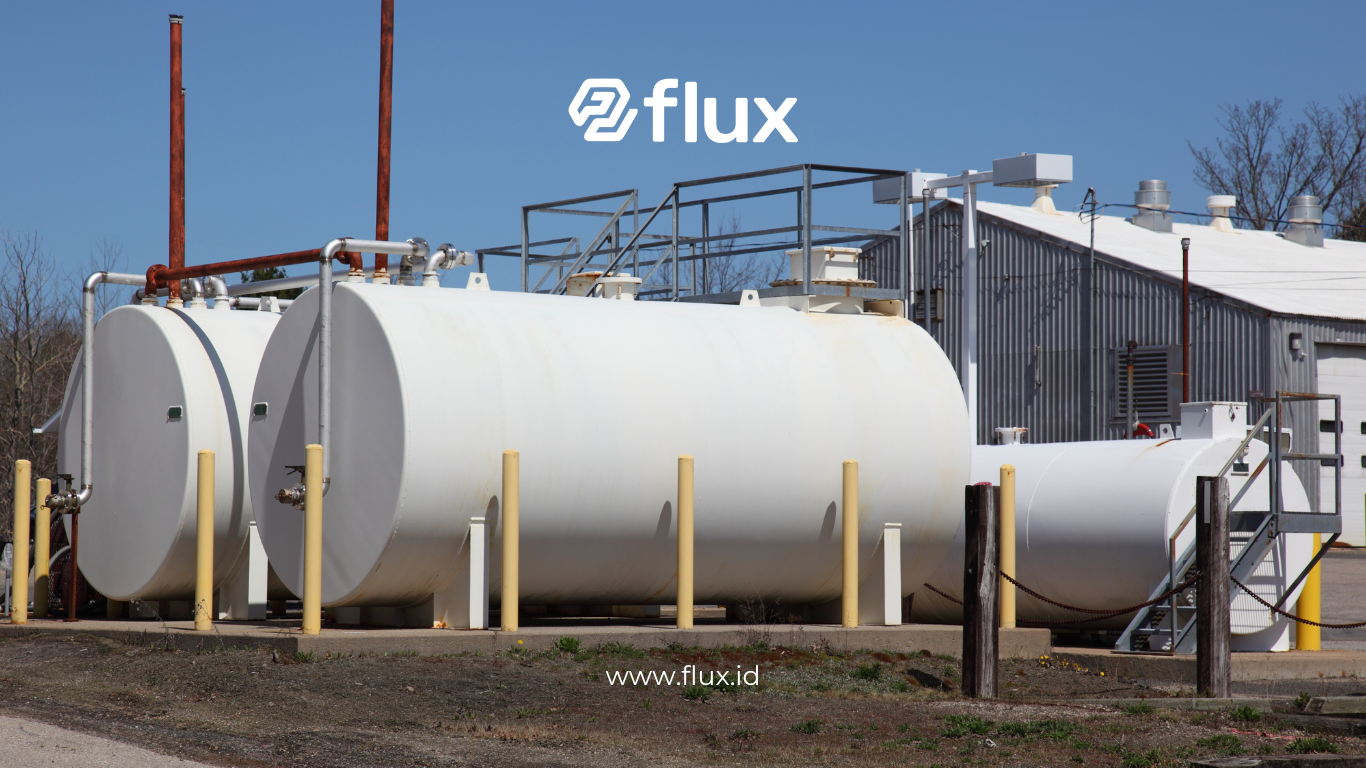Don't miss our holiday offer - 20% OFF!
In today’s modern era, Internet of Things (IoT) technology has significantly transformed various industrial sectors, including fuel tank management and monitoring. Fuel tanks are essential in numerous industries, such as transportation, agriculture, and manufacturing. Therefore, ensuring their security and efficiency is vital for smooth operations and preventing accidents or leaks.
The implementation of IoT sensors in fuel tank monitoring offers innovative solutions by providing real-time data, remote surveillance, and automated control. This article explores how this latest technology can optimize efficiency and enhance safety in fuel tank management.
Contents
- 1 What are IoT Sensors?
- 2 Benefits of Using IoT Sensors in Fuel Tank Monitoring
- 3 The Technology Behind IoT Sensors for Fuel Tank Monitoring
- 4 Application of IoT Sensors in Various Sectors
- 5 Case Study: Implementation of IoT Sensors in Fuel Tank Monitoring
- 6 Challenges in Implementing IoT Sensors
- 7 Conclusion
What are IoT Sensors?

To understand fuel tank monitoring, it is essential to first comprehend what IoT sensors are. IoT refers to a network of devices connected via the internet to collect and exchange data. Essentially, IoT sensors are small devices installed on physical objects, like fuel tanks, to monitor changes such as temperature, pressure, volume, and fuel level.
Benefits of Using IoT Sensors in Fuel Tank Monitoring

Read More: IoT Sensors for Fuel Tank Monitoring: A Smart Solution for Managing Fuel Quality and Quantity
Installing IoT sensors on fuel tanks yields several significant benefits, including:
1. Real-Time Monitoring
Firstly, IoT sensors enable owners and operators to monitor the conditions of fuel tanks in real-time. This capability allows for early detection of fuel level drops, leaks, or other issues. The data collected by these sensors is sent to a cloud platform for further analysis, providing timely insights into tank status.
2. Remote Control
Moreover, IoT sensors facilitate the management and supervision of fuel tanks without needing physical presence at the location. This is particularly beneficial for companies operating multiple fuel storage sites across various areas. Consequently, operators can conduct oversight through mobile applications or web-based dashboards.
3. Leak Detection and Risk Prevention
In addition to real-time monitoring, sensors installed on fuel tanks can quickly detect leaks. This feature is critical in preventing risks associated with fires or environmental damage. By maintaining constant monitoring, companies can minimize potential hazards tied to fuel leaks.
4. Operational Efficiency
With accurate and real-time data, companies can effectively plan fuel replenishment. This not only reduces operational costs but also enhances productivity by ensuring that processes are not disrupted by fuel shortages.
5. Enhanced Security
Furthermore, security is a critical aspect of fuel management. The use of IoT sensors enables strict supervision of access to fuel tanks, preventing unauthorized access and ensuring system integrity.
The Technology Behind IoT Sensors for Fuel Tank Monitoring

Read More: Exploring IoT Sensors for Fuel Tank Monitoring
The technology used for monitoring fuel tanks with IoT sensors includes several important components:
1. Ultrasonic Sensors
Ultrasonic sensors are commonly utilized to measure fuel levels in tanks. By emitting sound waves and measuring the time it takes for the echo to return, these sensors provide accurate data on fuel levels.
2. Pressure Sensors
Additionally, pressure sensors monitor the pressure within the tank, detecting any leaks or abnormal changes in pressure. This is crucial for maintaining safety and efficiency in the system.
3. Wireless Communication Technology
IoT sensors are typically equipped with wireless communication capabilities such as LoRaWAN, NB-IoT, or 4G/5G, which allow data from the sensors to be transmitted to a central server or cloud for analysis.
4. Cloud Platforms and Analytics
Data collected from IoT sensors is usually stored and analyzed on cloud platforms. With the help of cloud-based analytics, operators can make accurate and timely decisions based on real-time, precise data.
Application of IoT Sensors in Various Sectors

Fuel tank monitoring with IoT sensors has found application in various industries, yielding very positive results. Here are some sectors that significantly benefit from this technology:
1. Transportation Industry
In the transportation industry, the use of IoT sensors on vehicle fleets’ fuel tanks allows companies to monitor fuel consumption, prevent theft, and optimize delivery routes effectively.
2. Agriculture
Moreover, IoT sensors are applied in the agricultural sector, especially in monitoring fuel tanks for agricultural equipment like tractors and irrigation machines. This technology helps farmers ensure that these machines always have a sufficient fuel supply to operate efficiently.
3. Energy and Gas
Additionally, energy and gas companies use IoT sensors to monitor large fuel storage tanks. By implementing this technology, they can reduce the risks of fires or explosions caused by leaks or overpressure.
Case Study: Implementation of IoT Sensors in Fuel Tank Monitoring
A large transportation company in Europe successfully implemented an IoT-based fuel tank monitoring system for its fleet. As a result, they reduced fuel theft by 30% and improved operational efficiency with better-scheduled fuel refills.
In Indonesia, some mining companies have begun adopting similar technologies to enhance safety in remote locations that are challenging to access directly.
Challenges in Implementing IoT Sensors
Although IoT technology offers many advantages, several challenges must be addressed during implementation:
- Initial Investment Costs: The installation of IoT sensors requires significant upfront investment, especially for large-scale companies.
- Network Infrastructure Requirements: IoT sensors need a stable internet connection. In areas with poor connectivity, implementing this technology may prove challenging.
- Data Security: With sensors connected to the internet, the risk of data breaches or cyberattacks increases, necessitating strict security measures.
Conclusion
In conclusion, the use of IoT sensors for monitoring fuel tanks has proven to be beneficial in enhancing efficiency and safety across various industrial sectors. Features like real-time monitoring, leak detection, and remote control make this technology increasingly popular. Despite some implementation challenges, the solutions offered by IoT far outweigh the associated risks and costs. As technology continues to advance, we can expect even more innovations in this field, taking fuel management to new heights of efficiency and safety.





